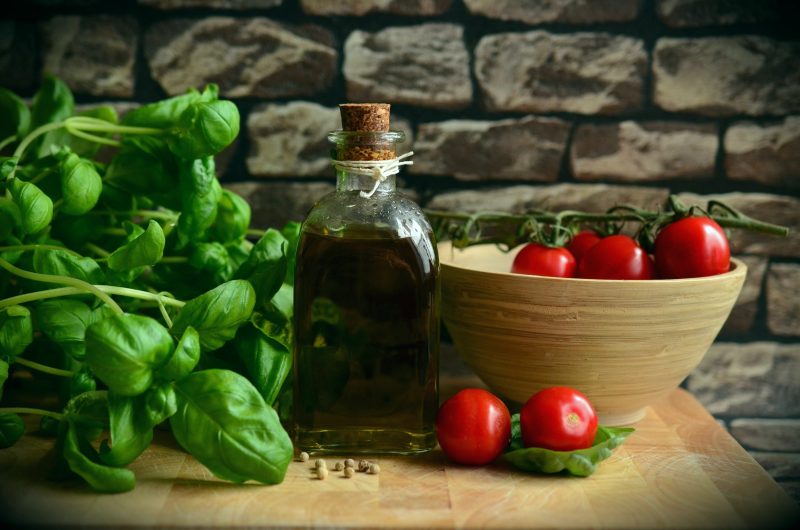
Generally, the start of a new year brings discussion of the Top Trends and What’s Next in the food industry.
Interestingly, in Italy there is rarely a change in traditional food and the way they are consumed.
The Italian menu hasn’t changed much in hundreds of years – regional foods are seasonal and it seems the rest of the world is finally catching on to the importance of returning to eating seasonally, for several reasons including:
Economic
Products in season are generally cheaper. Think of local tomatoes in July and August vs greenhouse tomatoes sourced in Winter.
Taste
Generally the product in season is tastier, especially when it’s grown by the family. Eggplant and artichokes are great examples of produce that must be consumed fresh or conserved by removing water and acidification/pasteurization.
Conservation
Many Italians store fresh tomatoes and artichokes in their freezers, although freezers didn’t exist 50 years ago in many rural towns. The freezer is now a way that Italians will store anything from preserved fish to fresh vegetables.
Tradition
Certain dishes coincide with religious events such as Easter and Christmas. The consumption of heavy dishes in winter coincides with the need for comfort food, such as salami and cheeses vs the classic summer salads and lighter menu options.
Portability
The idea of portable food is common in Italy, particularly for farmers, as eating on the run means more time in the harvest. In summer, Italians will take a pasta bake to the beach along with some fresh salads.
Health
Certain fruits are available at the start of winter to fight the onset of colds and flu (think navel oranges and lemons).
Above all, the Italian diet is slowly changing. Websites such as “Mangia Senza Pancia” (literally, eating without the stomach) as well as “Giallo Zefferano” (Yellow Saffron) are constantly presenting low-fat and low-carb versions of the time-honoured Italian classics.
One of the most famous dishes that caught our eye was a pizza made from sliced eggplant – using baked dried eggplant slices as a base and dressing it with Mutti Cherry Tomatoes, Fresh Mozzarella, Basil and Sandhurst Extra Virgin Olive Oil.
However, staple Italian rural classics remain high on the health-trend forecasts. Items such as fresh fennel dressed with olive oil, salt and vinegar, lentils cooked from scratch or simply mixed in with some rice and a small amount of pasta, and chick peas made as a salad, or in a simple minestrone with cabbage or potatoes.
Alternatives to pasta is also a popular option. Nonna Geraldine makes a light pancake for canneloni as opposed to pasta with ricotta, spinach and pine nuts, baked in a simple napoli sauce. It’s low in carbs and tastes like a full-blown authentic lasagna!
With health trends on the rise all over the world, it’s no surprise that Italy is also following the pack. The growth of vegetarian foods and vegan options are also increasingly popular as more people move to plant-based eating for reasons of economy, religion or moral and ethical treatment of animals.
At Sandhurst, we recognise food and eating style trends, and respond accordingly with our continued focus on premium quality, seasonally produced and delicious products for you and your family, from ours.
